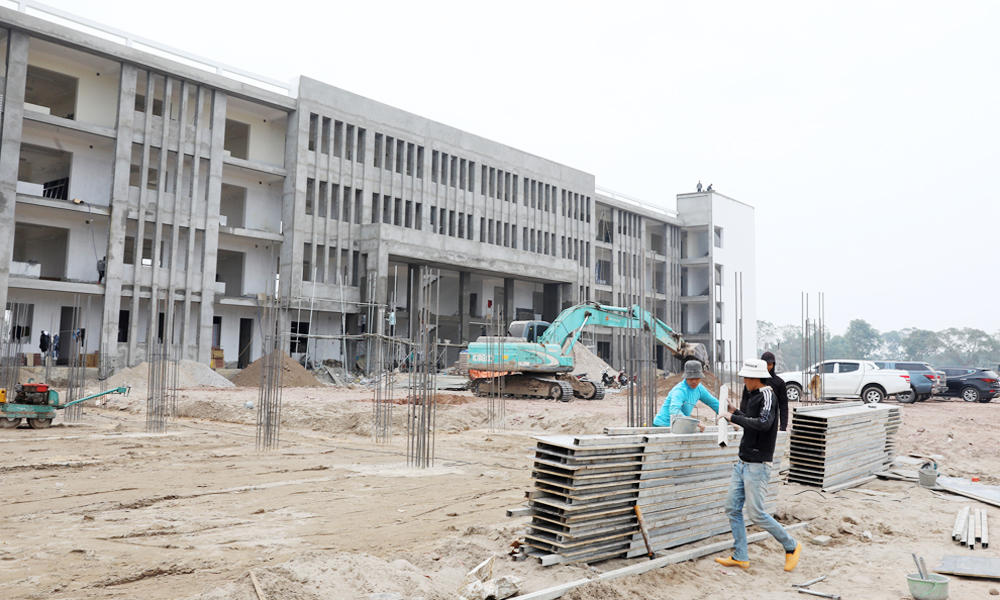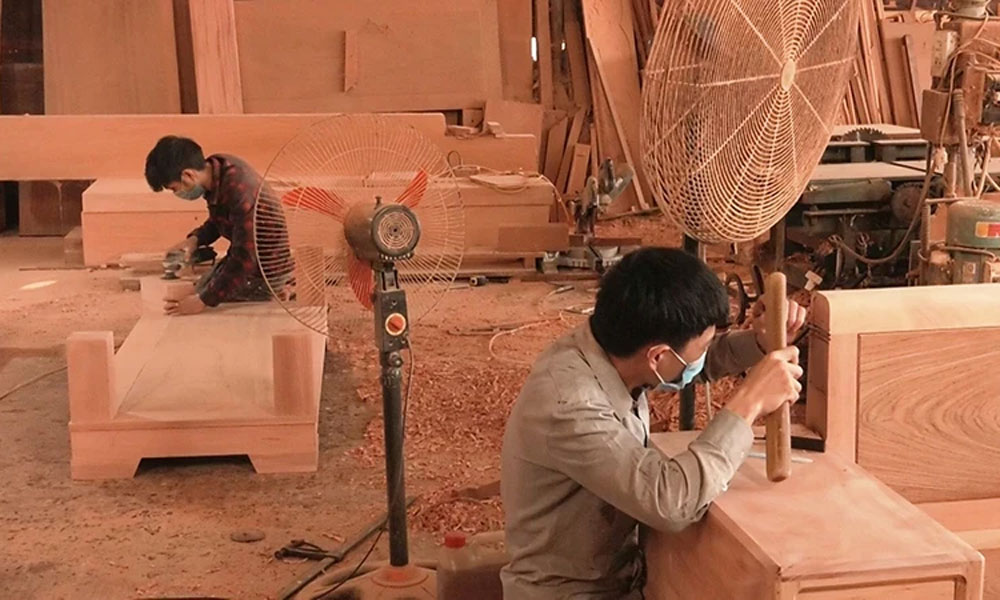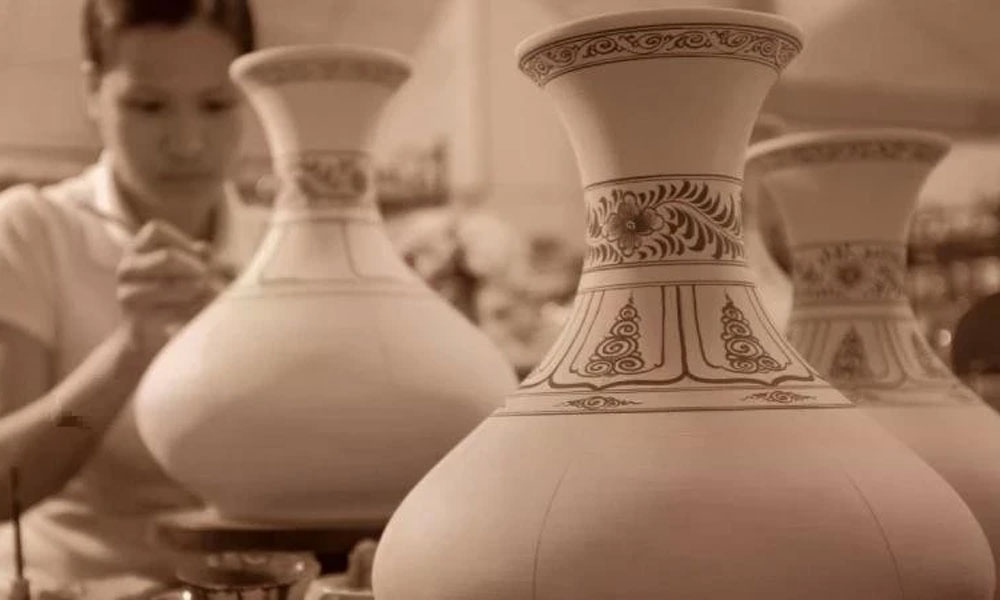Craft villages confidently reach out to big sea
Hanoi is currently a locality with strengths in developing craft villages, possessing 1,350 craft villages, villages with crafts, gathering 47 out of 52 traditional crafts of the country, of which 337 craft villages have been recognised by the Hanoi People's Committee.
Despite being hundreds of years old, the development process of craft villages has faced many difficulties and challenges, such as limited supply capacity, proactive sources of local production materials and dependence on neighbouring provinces.
 |
|
A silk weaving stage in Van Phuc Village. |
On the other hand, the production scale of craft villages is still small and located in residential areas with limited financial capacity.
Craft village infrastructure has not met production requirements and lacks high-quality human resources with the ability to use technology. Facing this challenge, many craft villages have been neglected or even lost.
Recognising the potential and value of craft villages, Hanoi has had many outstanding mechanisms and policies to develop them.
Specifically, the Hanoi Party Committee issued Resolution No. 09-NQ/TU on "Developing cultural industries in the capital for 2021-2025, with an orientation to 2030 and vision to 2045", affirming the priority of developing craft villages and traditional handicraft products.
The City People's Committee issued the Plan for developing occupations and craft villages to 2025, with a vision to 2030 and approved the Master Plan for developing craft villages for 2025-2030, with a vision to 2050.
The city has focused on implementing the One Commune One Product (OCOP) development programme, building over 3,000 three-star, four-star, and five-star OCOP products.
Craft villages create unique and sophisticated products, bringing in billions of VND in production value each year and creating many jobs for local workers.
This actively contributes to the restructuring and development of the rural economy, creating the premise for the successful implementation of the new rural construction programme.
Notably, with a passion for preserving and developing traditional crafts, artisans in craft villages with extensive experience and creativity have passed on their passion to the next generation, helping traditional crafts to develop more and more.
Typically, in Bat Trang ceramic craft village, Gia Lam District, generations of artisans have succeeded in restoring ceramic models from the Ly, Tran, and Le dynasties.
At the same time, this created many new techniques, harmonising both the shape and colour of ceramics, both traditional and modern, meeting the needs of domestic and international markets.
Bat Trang craft villagers have also changed their mindset, boldly converting traditional manual kilns using firewood and coal to gas and electric kilns, solving the problem of environmental pollution and improving product quality, and building a green craft village associated with tourism development.
At Van Phuc silk weaving village, Ha Dong District, artisans boldly innovate silk weaving technology, bringing to the market products that are sophisticated in every pattern and beautiful in colour.
Businesses also promote the application of technology to promote products and sales, helping production activities become more vibrant. This place has also become a destination that attracts a large number of domestic and international tourists to visit, experience and shop.
Recognising contributions based on the pillars of economy, culture, society, environment, global recognition, community spirit, and local innovation, the World Craft Council recently "scored" very carefully and recognised Bat Trang ceramic village and Van Phuc silk weaving village as members of the World Creative Craft Cities Network.
By becoming the 67th and 68th recognised craft village, Vietnam is the 28th country with a craft village acknowledged as a global handicraft village, helping Hanoi affirm its position on the world cultural map.
At the same time, it is an opportunity for craft villages to improve their competitiveness, preserve traditional values, expand markets, promote international cultural exchanges, and promote sustainable development.
This is also a lesson for craft villages in Hanoi and the whole country to learn from, confidently join the World Creative Craft Cities Network soon, and reach out to the big sea.
 Bắc giang
Bắc giang











Reader's comments (0)